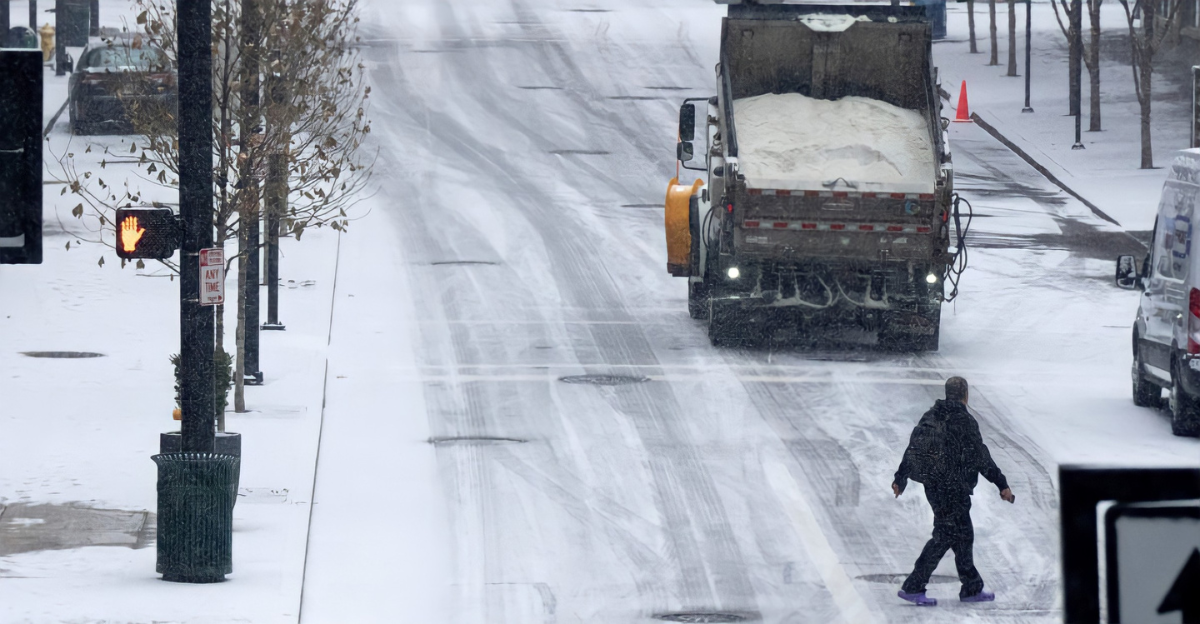
This weekend, residents across the Northeast should brace for an uncharacteristic temperature drop, with freeze warnings stretching from western Maine to upstate New York. “It’s somewhat unusual for this time of year,” says National Weather Service meteorologist Brian Hurley.
The forecast predicts lows typically not seen until late October, raising alarms for farmers and the general populace alike. With the risk of frost threatening crops and infrastructure, many feel the implications of rapidly shifting climate patterns. As these abnormal weather occurrences increase, communities and their livelihoods face mounting uncertainty about future harvests.
Stakes for Farmers
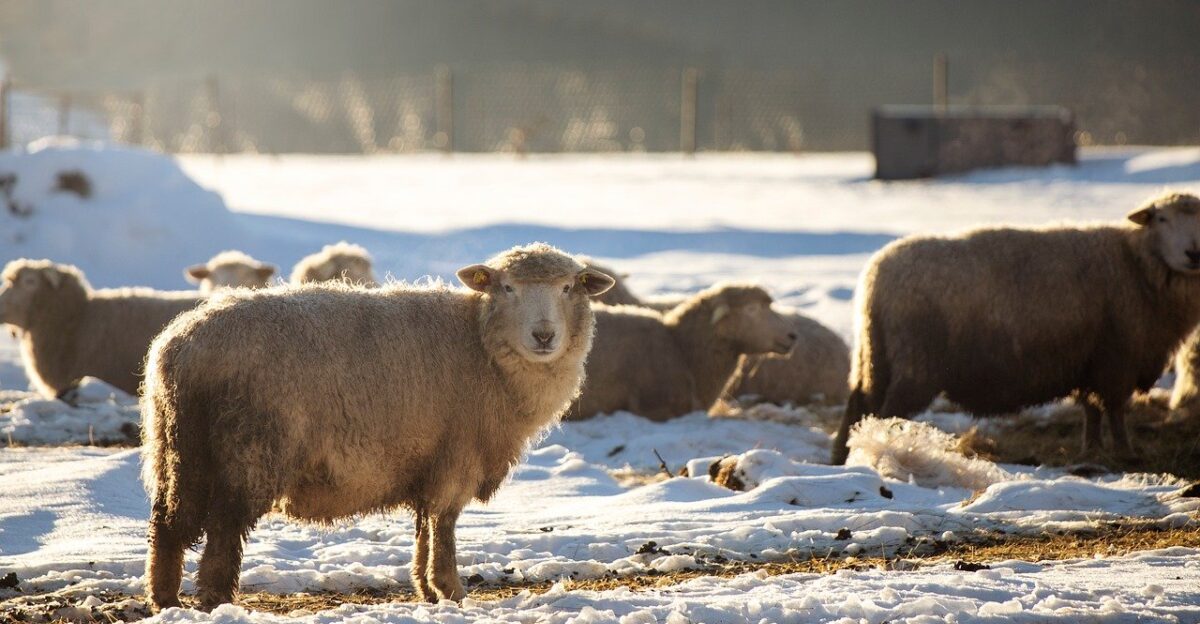
Farmers in New York, Vermont, Maine, and New Hampshire are on high alert as this sudden cold snap approaches. Unseasonable frost conditions threaten to decimate late-season crops, leaving growers racing against time to protect their livelihoods. “We have to cover everything before nightfall,” says local farmer Joe, eyes darting between weather updates and his fields.
As the scramble intensifies, the uncertainty is palpable; many growers are concerned that the imminent temperature drop could ruin their harvests, which are crucial for their families and the community’s food supply. The stakes have never been higher as the weather turns unexpectedly fierce.
Northeast Freeze History
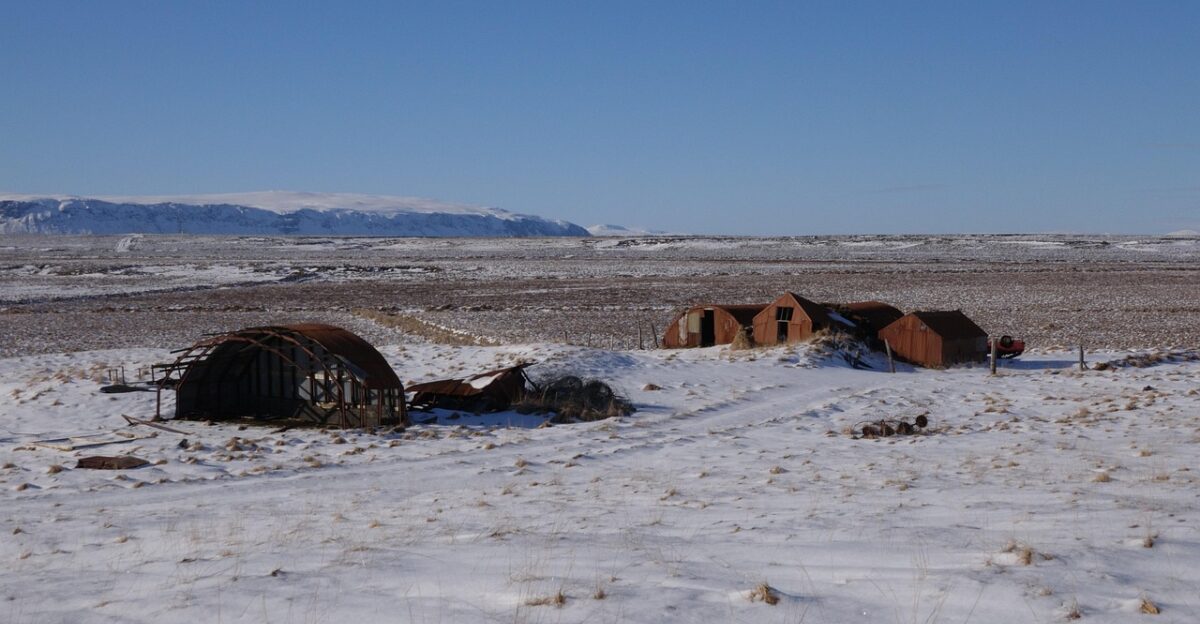
Early autumn freezes have historically caught communities in the Northeast off-guard, but the current situation is an anomaly, with temperatures dropping into the low 20s this early in September. “This is not just a chill; it’s a serious threat,” warns agricultural historian Lucy Chen.
Records indicate that such drastic temperature swings are flagged as agricultural emergencies, affecting local economies and food production. While residents are accustomed to a gradual transition into fall, the fast onset of these cold conditions serves as yet another reminder of climate volatility and the unpredictability of the weather patterns we used to rely on.
Signs of Mounting Pressure
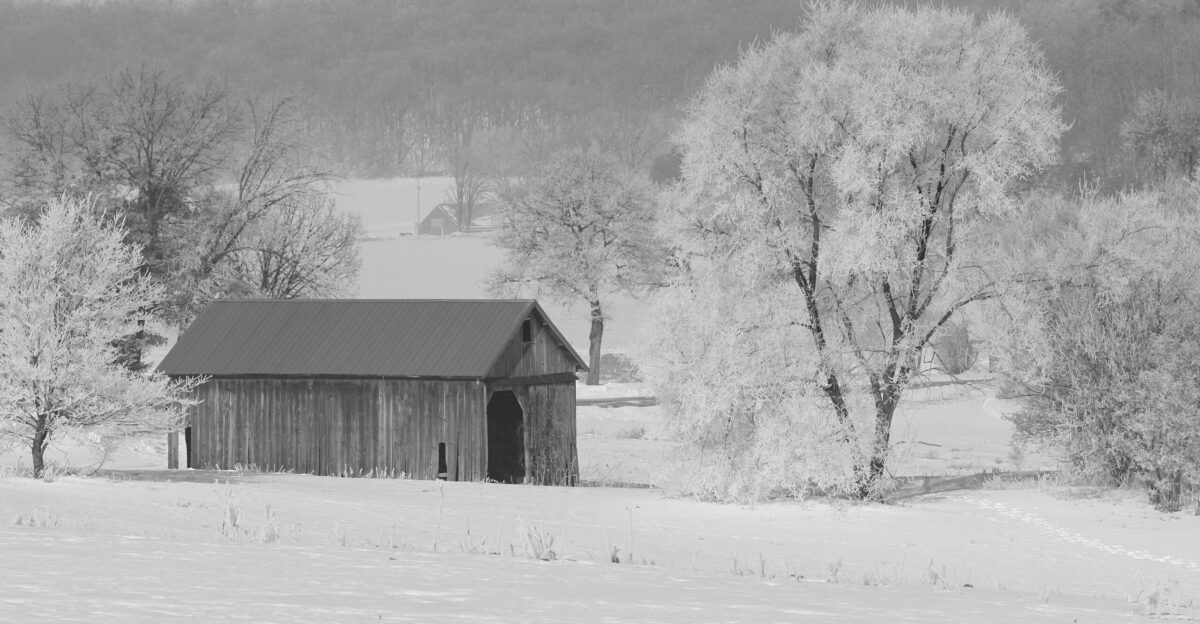
Meteorologists observed clear warning signs across the region this week: a substantial polar air mass began its descent, creating consensus among forecasting models for an abrupt temperature drop. “People need to stay tuned; this isn’t just hype,” states meteorologist Sarah Lichtenstein.
Social media buzzed with alerts from weather offices and amateur trackers emphasizing the unusual clarity and dryness of the incoming air. The urgency was echoed in the posts of local farmers, many of whom shared their concerns, preparing for a situation that rapidly shifted from an ordinary autumn to a potential frost crisis in just days.
Four-State Emergency
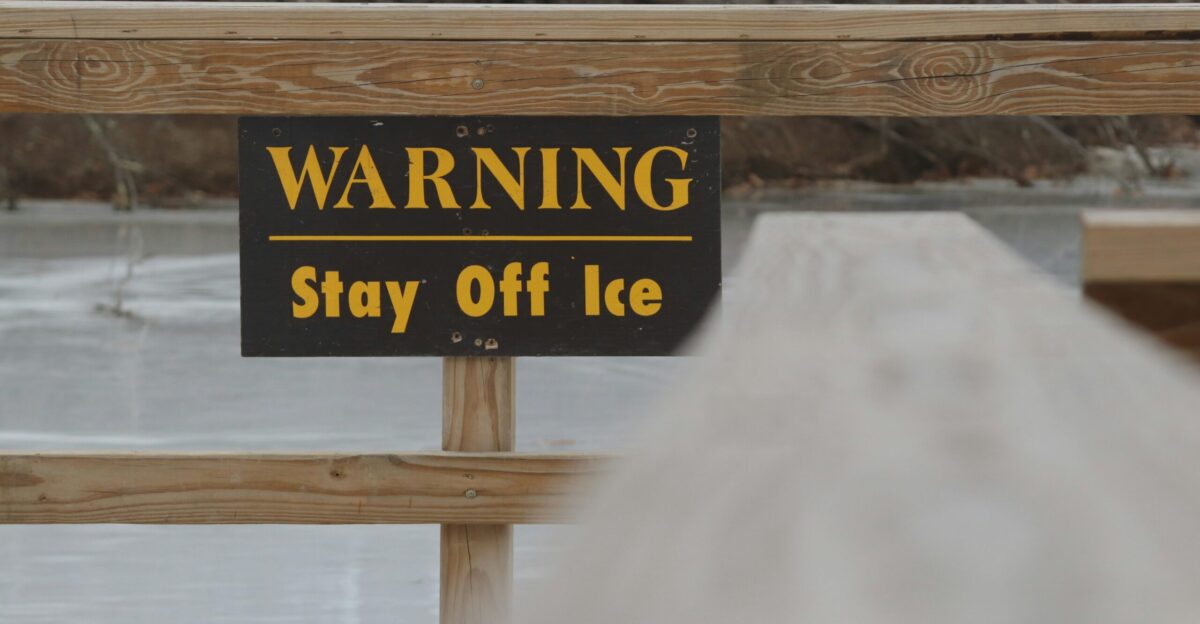
On Friday, September 19, the National Weather Service issued Freeze Warnings across parts of New York, Vermont, Maine, and New Hampshire. Projections indicated temperatures plummeting to near 27°F by Saturday morning, raising alarms across the affected states. “This is unprecedented for this time of year,” noted a local weather anchor.
The situation escalated further with frost advisories stretching even wider, indicating a region-wide emergency. Farmers and homeowners alike now face the daunting prospect of an early and severe frost that could change everything, igniting a scramble for solutions as temperatures drop.
Local Impact: Risk Zones
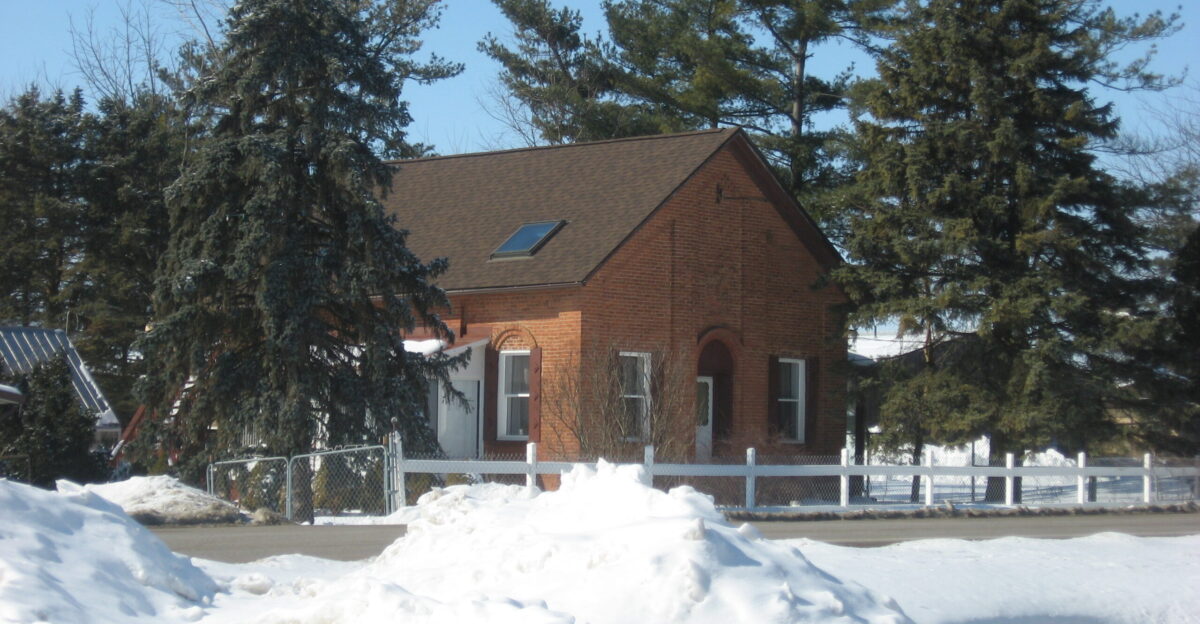
Counties like Hamilton and Southern Franklin in New York and Essex in Vermont are preparing for two consecutive nights of freezing temperatures that could spell disaster for farmers. “The growing season is hanging on a thread right now,” observes local agronomist Tom Richards. Northern farms are particularly vulnerable as the cold descends earlier and more fiercely than in recent memory.
The threat of lost crops looms, given that many growers invested time and resources into these late-season harvests. This weekend represents a pivotal testing ground for resilience in climate uncertainty for the local economy and farming community.
Human Side: Voices on Alert
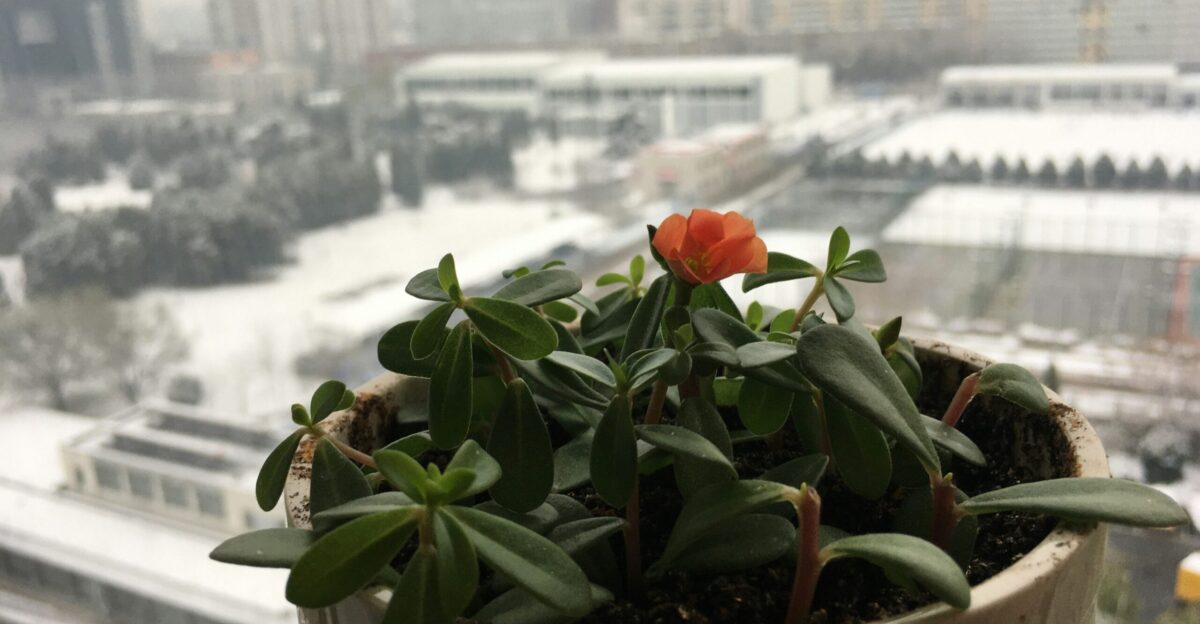
“Please protect any sensitive plants in these areas,” the Albany NWS office implored residents through social media channels. Local farmers reacted quickly, rushing to cover crops and bring potted plants indoors. “You never expect frost this early; it’s frustrating,” shared Jane, a local gardener, with palpable concern.
As homeowners join the fight against impending frost, their mounting anxiety becomes evident. The potential devastation isn’t just about plants; it reflects the hard work invested in the land. Amidst this chaos, there is a collective sense of urgency to safeguard what remains as the clock ticks to freezing temperatures.
Supply Chain Effects
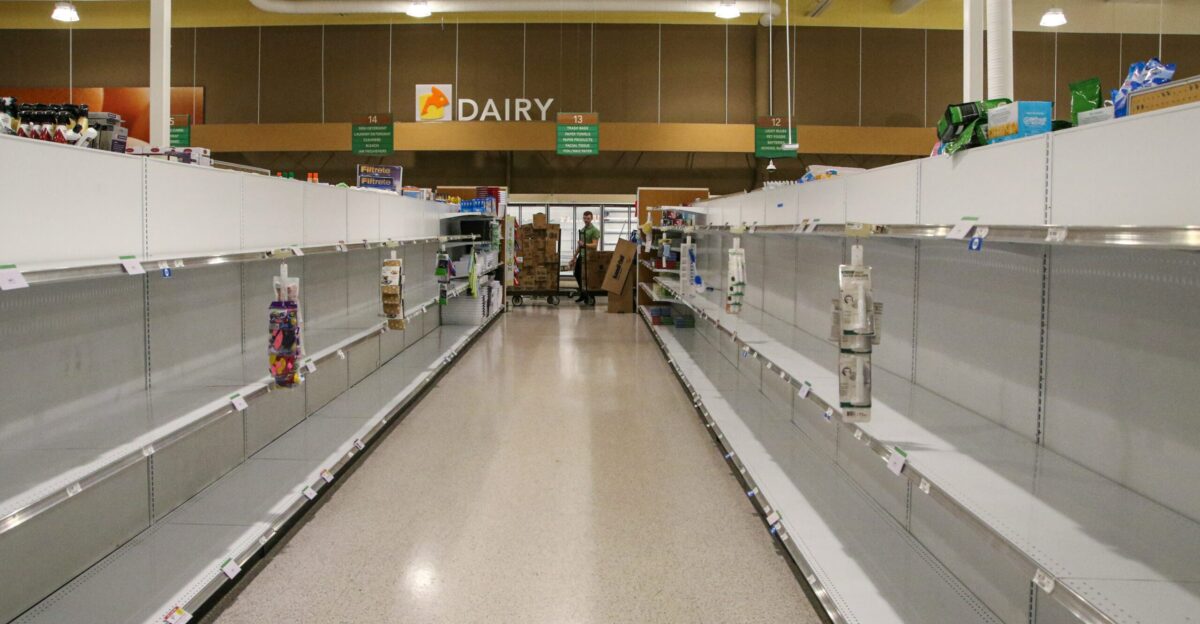
An unanticipated freeze can create a ripple effect throughout local markets, with produce suppliers voicing grave concerns. “If frost damage is widespread, it could be catastrophic for our usual supply lines,” stated store manager Karen Timmons, highlighting the looming shortages that could hit grocery shelves as early as next week.
Supply chains typically rely on stable harvests from September, and sudden disruptions can ripple, inflating prices and altering distribution routes. If the situation escalates as predicted, consumers may soon notice significant shifts in availability and costs, fundamentally altering seasonal buying patterns in local communities.
Cold Snap in Wider Context

This September cold snap is not isolated; it marks the second significant temperature anomaly in just weeks. Climate experts note that increasing volatility aligns with shifts in jet stream patterns, causing heatwaves and cold surges to become more unpredictable, defying typical seasonal expectations.
“This chaotic weather is a symptom of climate change,” noted climatologist Maria Lopez. With rapid temperature swings now common, communities are left grappling with the dual threats of unexpected freezes and relentless heat, posing challenges for farmers and local economies alike. The need for adaptation strategies has never been more urgent.
Plumbing Peril
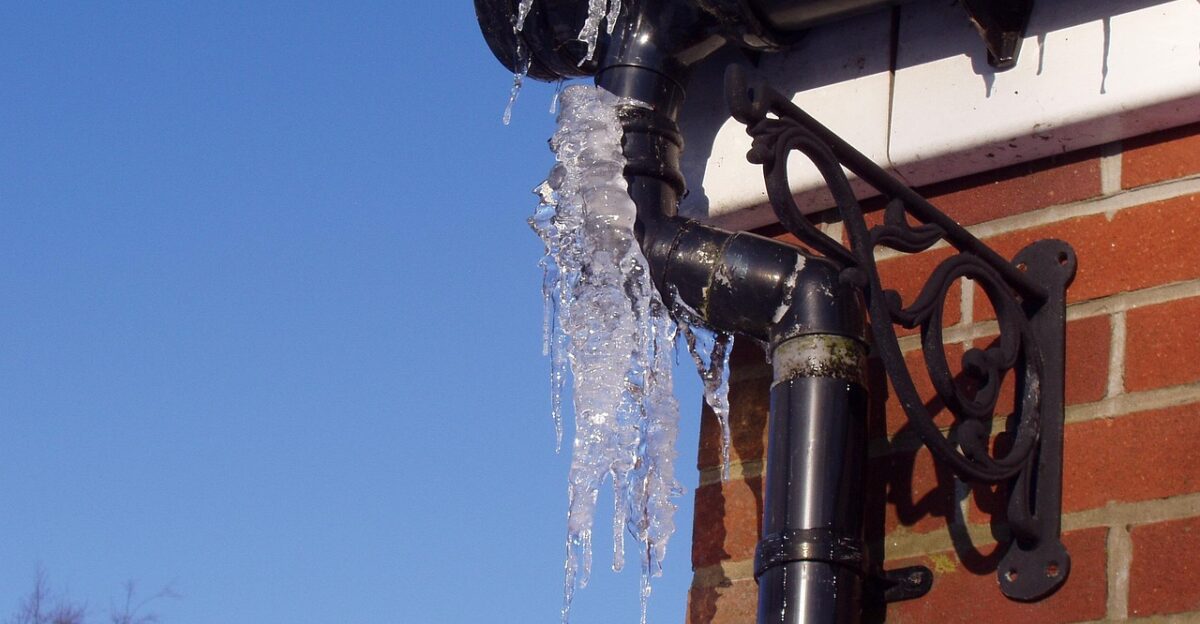
The dangers of this early frost extend beyond agriculture; unprotected plumbing is also at significant risk. As temperatures hover in the 20s, pipes are vulnerable to freezing and bursting, endangering property and incurring costly repairs. “It’s surprising how quickly it can happen. One night of frost can lead to thousands in damages,” warns local contractor Mike Thompson.
Local governments have urged homeowners to take immediate precautions like draining exterior hoses and insulating exposed plumbing. This unexpected risk adds another layer of complexity to the fallout from this early cold snap, underscoring the broader implications of the weather.
Resident Frustration Mounts
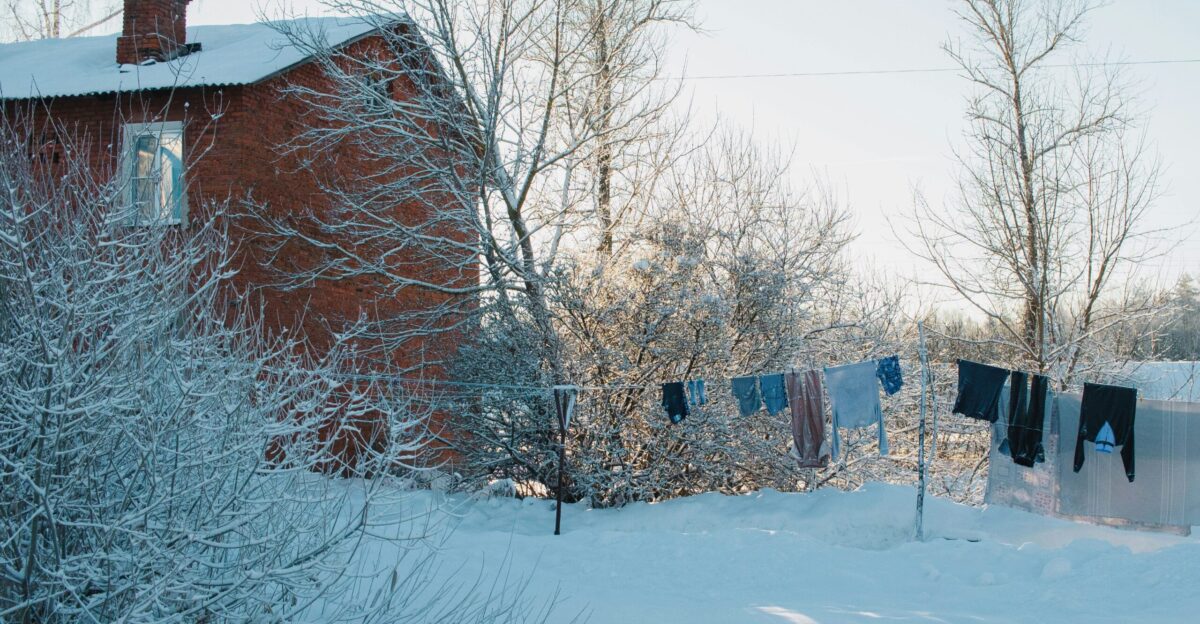
Community frustration has escalated as homeowners, business operators, and farmers use social media to voice their concerns. “We were still enjoying summer last week, and now it feels like winter,” lamented one resident. Business owners fear the financial repercussions of lost inventory, while farmers express anger over the timing, just as they prepared for fall markets.
“Thousands in equipment or produce could be lost overnight,” emphasized a distraught farmer, signaling the emotional toll this sudden shift has taken. The surprise element of an early frost has turned what should be a harvest season into a time of anxiety and uncertainty.
Farmers Take Charge
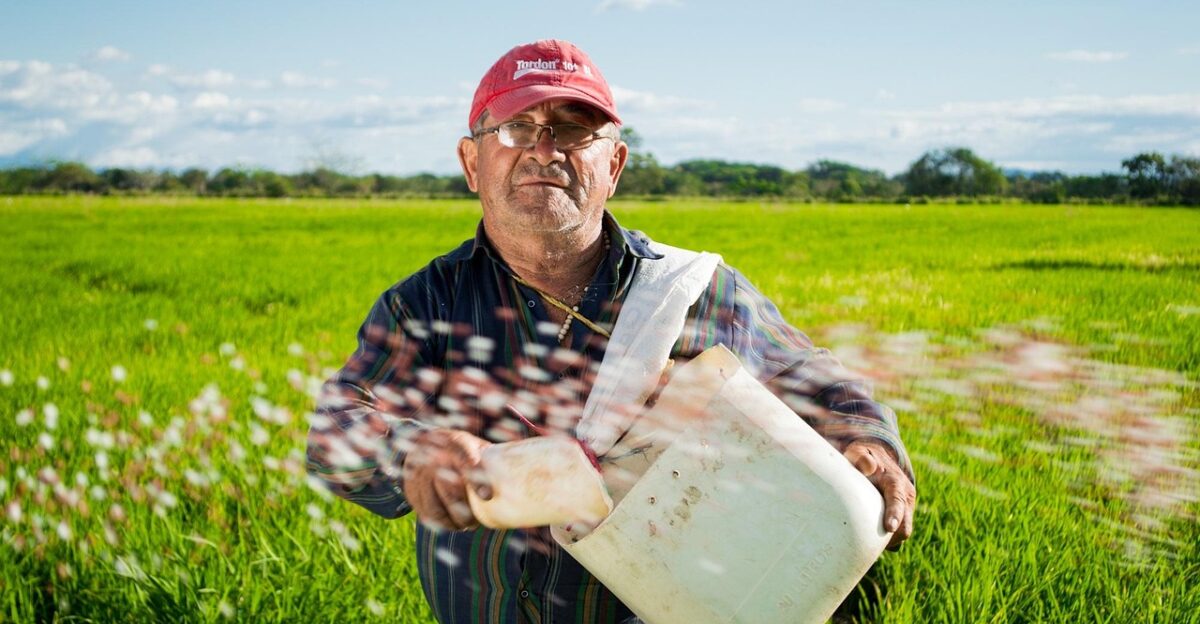
Local farm owners have banded together to form emergency response groups in response to the unfolding crisis. Farmers are convening meetings to coordinate their protection efforts, rallying neighbors to cover fields and share resources. “We have to look out for each other; everyone’s harvest is on the line,” stressed local co-op member Jim Bradford.
Agricultural co-ops are increasing efforts to distribute insulation materials for crops and irrigation lines. This spirit of community and cooperation is crucial as the farming community navigates a rapidly evolving situation, demonstrating resilience and mutual support in the face of emerging challenges.
Comeback Plans
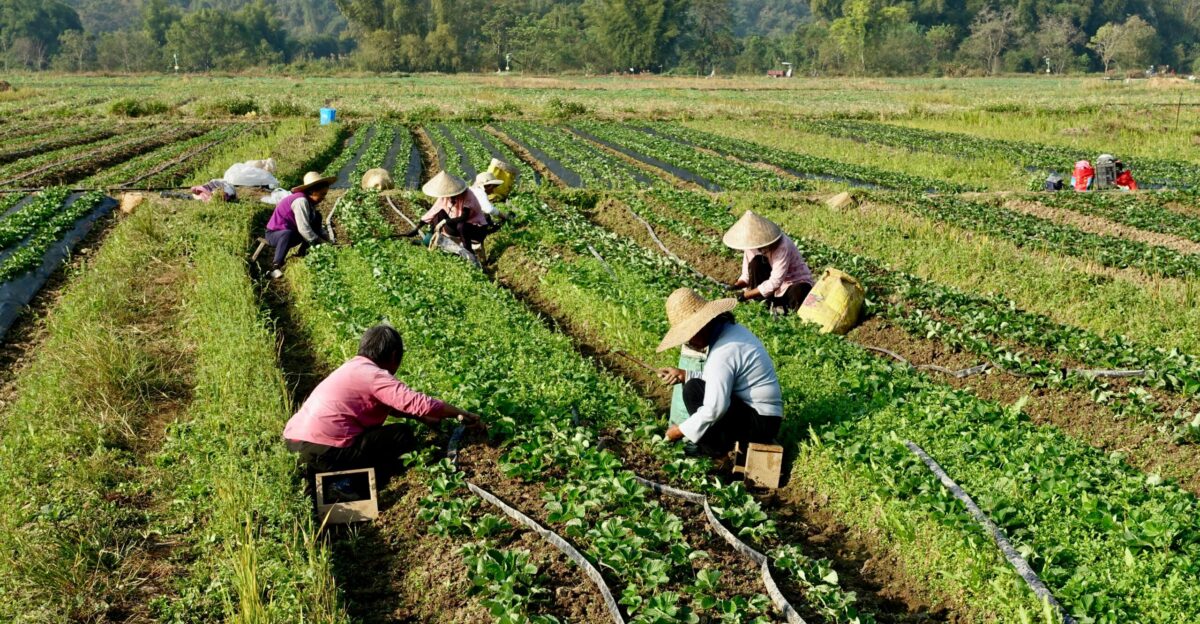
In the aftermath of potential losses, plans are quickly emerging to help farmers rebound. Extension services have activated hotlines to offer advice and support, while insurance agents report a noticeable uptick in late-season policy inquiries. “We’re trying to be proactive; many of us are rethinking our strategies,” shared farmer Sara Mitchell.
Greenhouses and farmers are considering moving production indoors to safeguard what remains after the freezing temperatures pass. This pragmatic approach represents a willingness to adapt and embodies the determination of those in the community to find a way forward amidst adversity.
Financial Implications
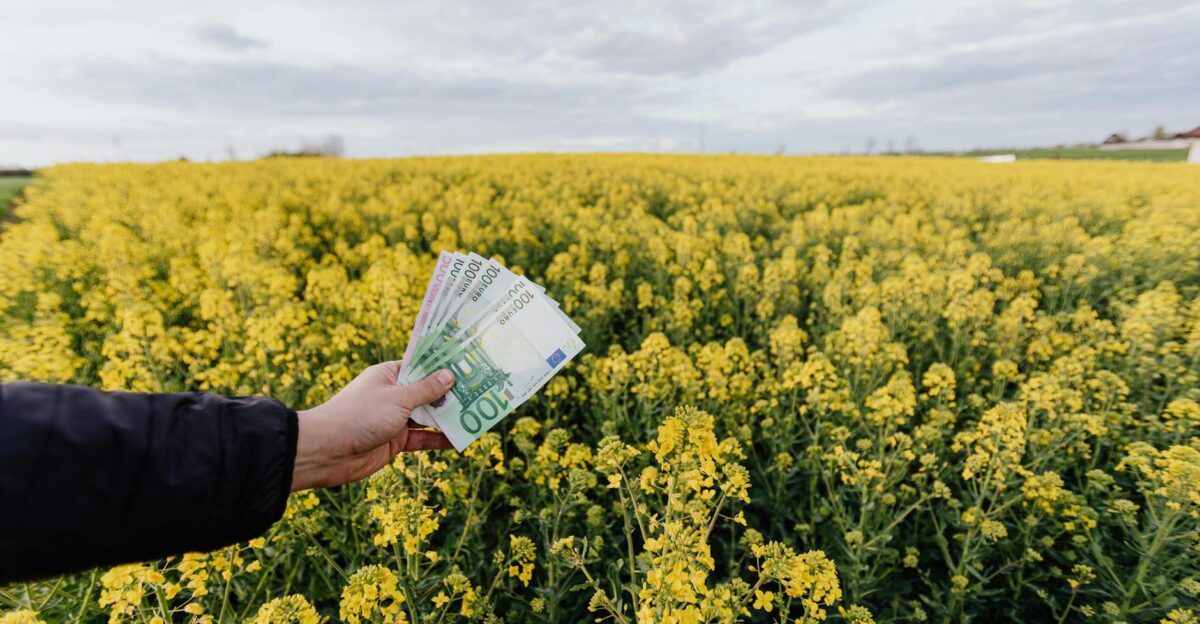
The financial ramifications of this unusual cold snap could be extensive. Farmers are weighing the potential economic losses of their crops against the rising costs of taking preventative measures. “Every dollar counts, especially after a challenging season,” says vineyard owner Daniel Green.
With potential frost damage to gardens and larger farms, communities face cascading impacts on local economies, food supply, and employment levels. As uncertainty looms, stakeholders are also assessing which crops may be most affected, putting further strain on planning for the future in an already unpredictable farming environment.
Community Response

The community’s response to the weather crisis emphasizes the collaboration among neighbors as they come together in adversity. Local organizations, such as co-ops and community shelters, mobilized rapidly to support efforts, ensuring resources and information flow freely. “In times like these, we can’t afford to work in silos,” states community leader Carla Foster.
This collaborative environment fosters a spirit of collective action, wherein farmers are trading advice and assisting each other in protecting their crops. Such unity can be vital in navigating the fallout from extreme weather and represents a testament to community resilience.
Preparing for the Future
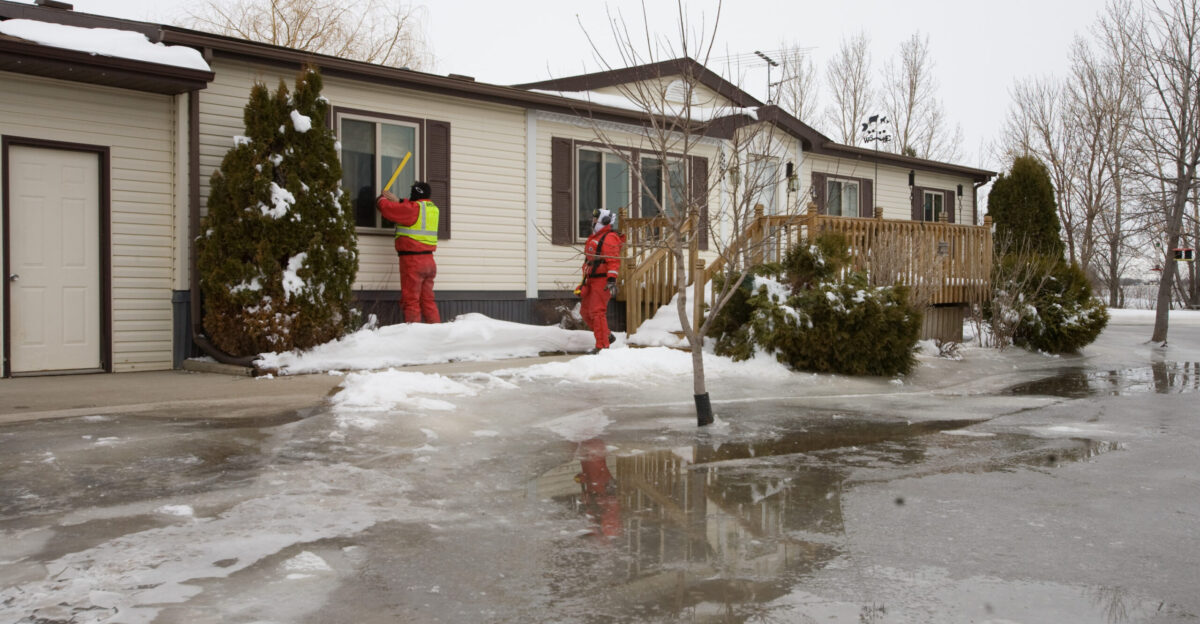
As the Northeast faces this unprecedented weather, discussions on future preparedness are gaining traction. Local agricultural agencies are considering innovative practices to combat the challenges of climate change. “We have to rethink crop selection and planting schedules,” highlighted agronomist Tom Richards, pushing for a forward-thinking approach.
Many farmers are exploring advanced technologies, such as frost-resistant crops and geothermal heating, to mitigate the damage from unexpected weather events. The need for adaptation is clear; farmers must be ready for this cold snap and others that may arise in an ever-changing climate landscape.
Policy Considerations
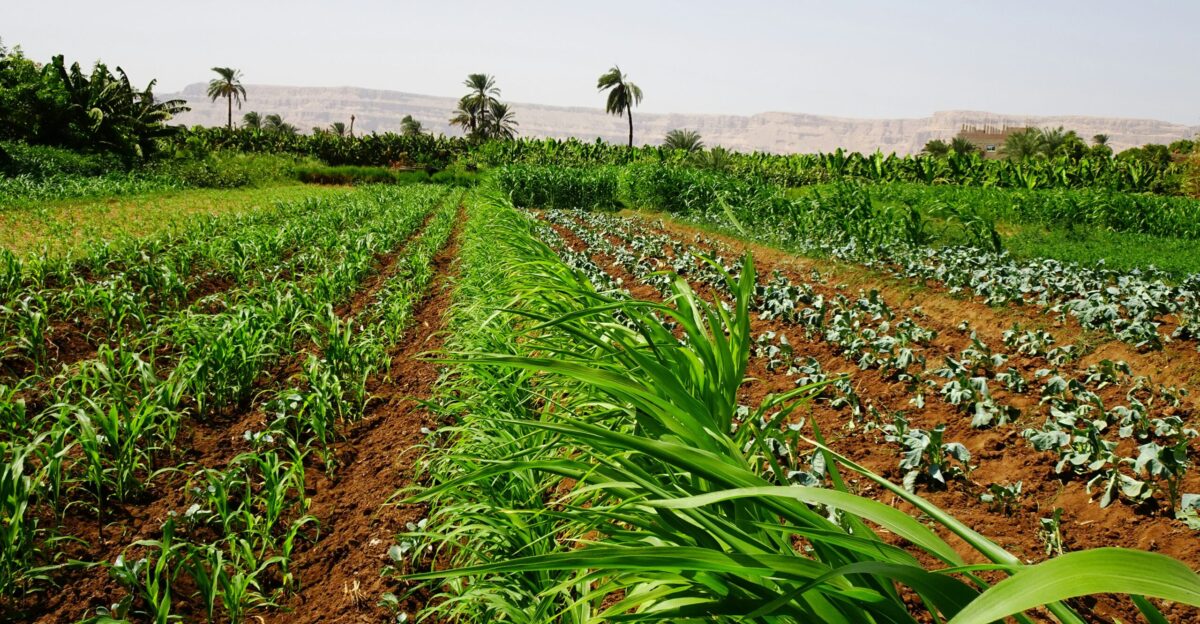
This sudden cold snap has prompted discussions regarding agricultural policy and climate resilience initiatives. Local leaders are considering advocating for enhanced funding and support aimed at helping farmers adapt to these increasingly volatile weather conditions. “Our policies need to catch up with the realities farmers face,” suggests state representative Laura Milton.
As agriculture becomes more affected by extreme weather, it has never been more evident that strategic investments are necessary to safeguard the future of local farming and food security. Building economic and environmental resilience is paramount in the wake of such dramatic shifts in weather patterns.
The Role of Education

Educational efforts are critical in helping communities understand and adapt to changing climate conditions. Workshops and informational sessions focusing on effective frost mitigation techniques and sustainable farming practices are becoming essential. “We need to provide farmers and homeowners with the knowledge to respond effectively,” emphasizes local advocate Rachel Soto.
Schools are also getting involved, incorporating lessons on climate change and its impacts into their curricula to prepare future generations. These educational initiatives foster a culture of awareness and preparedness, which is crucial for facing the challenges of unpredictable weather and changing agricultural practices.
Long-Term Climate Outlook
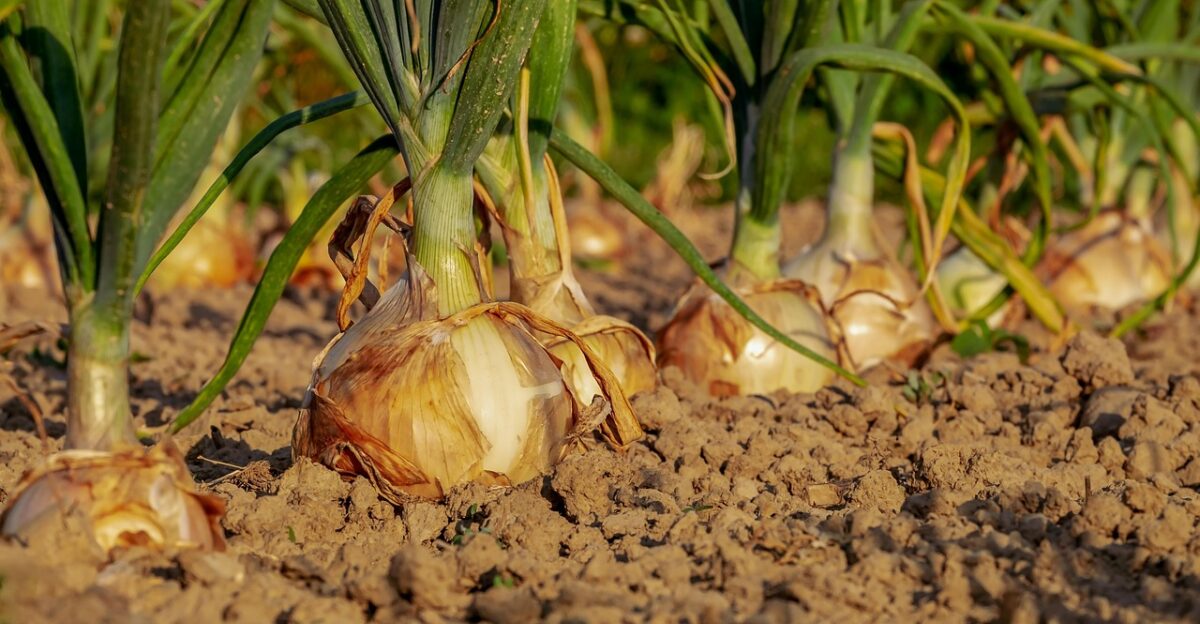
Looking beyond the immediate crisis, climate experts are paying attention to broader atmospheric trends concerning temperature fluctuations. The September cold snap serves as a reminder of the ongoing climate crisis and the need for adaptive measures. “It’s essential to use this moment as a wake-up call,” argues climatologist Maria Lopez.
As communities and policymakers engage more seriously with climate science, proactive measures are necessary to safeguard against future weather anomalies. Preparing for a future with more volatility will be key to ensuring the long-term sustainability of agriculture and local economies across the region.
Cultivating Resilience
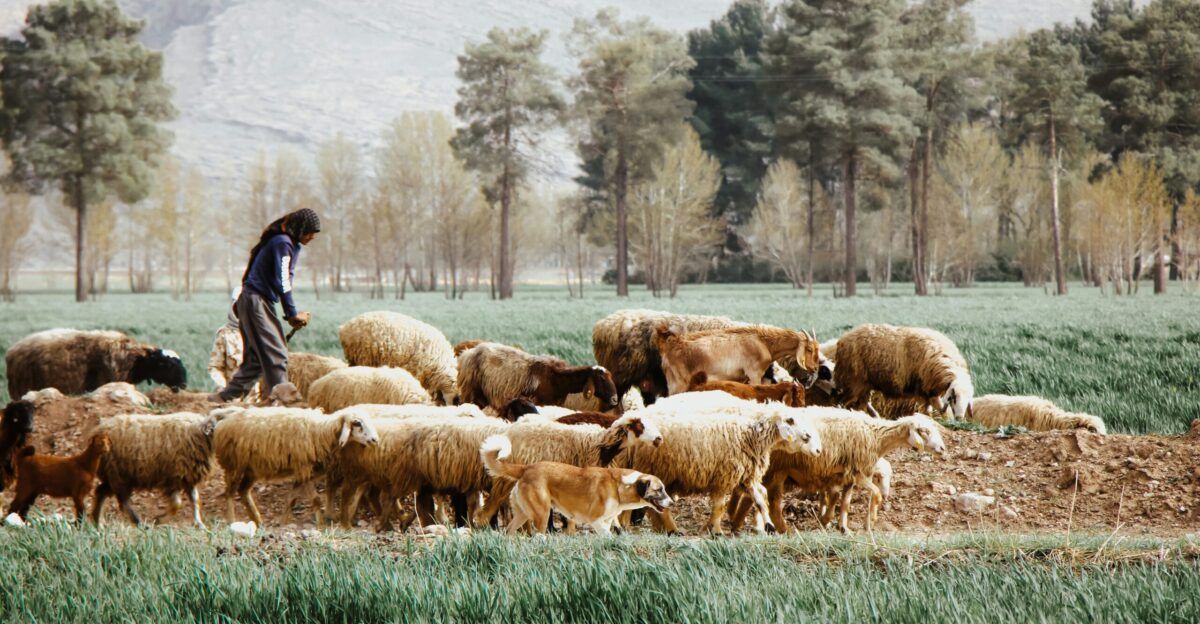
Through this challenging period, the Northeast’s farming community exemplifies resilience and adaptability amid unforeseen adversity. From emergency response efforts to collaborative support networks, unity is shining brightly. As residents put their best foot forward, the lessons learned in crisis management and adaptation will undoubtedly shape the path ahead.
Moving forward, fostering dialogue and understanding will enable the community not only to recover but to thrive in the face of unpredictable weather. With the right tools and support, they will turn these challenges into opportunities for growth, reinforcing a commitment to sustainable practices that ensure a vibrant agricultural future.